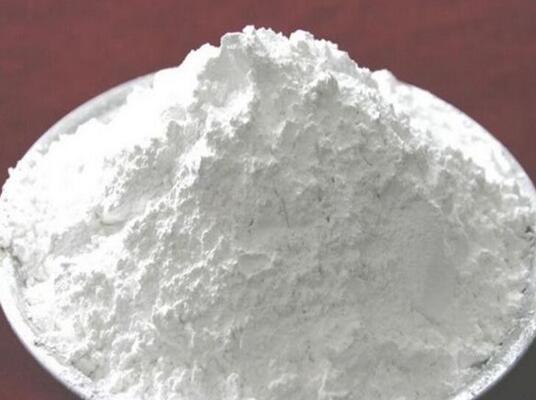Study on the flame retardant effect of magnesium hydroxide on the thermal degradation of epoxy resin

Epoxy resin is widely used in many fields such as electronics, aerospace, and automobile industry due to its excellent mechanical properties, electrical insulation properties, and good processing properties. However, epoxy resin itself has high flammability, which limits its application in some occasions with strict fire protection requirements. Magnesium hydroxide (Mg(OH)₂), as a halogen-free flame retardant, has been widely studied and applied in recent years to improve the flame retardant properties of epoxy resin because of its good flame retardant effect and environmental protection and non-toxicity. This paper will discuss the thermal degradation performance of magnesium hydroxide flame retardant epoxy resin.
Experimental Materials and Methods
Experimental Materials
Epoxy resin: as a matrix material.
Magnesium hydroxide: as a flame retardant.
Curing agent: select a suitable curing agent according to the specific type of epoxy resin.
Other additives: such as coupling agents, dispersants, etc., are used to improve the compatibility between magnesium hydroxide and epoxy resin.
Experimental Methods
Composite material preparation: Mix magnesium hydroxide and epoxy resin in a certain proportion, add curing agent and other additives, mix them evenly by mechanical stirring or vacuum degassing, and then cure to form a composite material.
Thermal degradation performance test: Thermogravimetric analysis of pure epoxy resin and magnesium hydroxide modified epoxy resin was performed using a thermogravimetric analyzer (TGA) to examine the mass changes at different temperatures, thereby evaluating the effect of magnesium hydroxide on the thermal degradation behavior of epoxy resin.
Thermal stability analysis: Differential scanning calorimetry (DSC) was used to study the difference in thermal stability of epoxy resin before and after magnesium hydroxide modification.
Results and discussion
Thermogravimetric analysis: The TGA results showed that the initial thermal decomposition temperature of epoxy resin increased with the increase in the amount of magnesium hydroxide added, which means that magnesium hydroxide can improve the thermal stability of epoxy resin. This is because magnesium hydroxide decomposes at high temperatures to produce water vapor, which can absorb a large amount of heat, thereby reducing the surface temperature of the material and delaying the decomposition process.
Thermal stability: DSC analysis shows that the thermal decomposition peak of magnesium hydroxide modified epoxy resin at high temperature moves toward the high temperature direction, further confirming that the addition of magnesium hydroxide improves the thermal stability of the material.
Flame retardant mechanism: The water generated by the decomposition of magnesium hydroxide under high temperature conditions plays a cooling role, and the generated magnesium oxide (MgO) can form a protective film to hinder the transfer of oxygen and heat, thereby playing a flame retardant role.
Epoxy resin composites modified by magnesium hydroxide show excellent thermal stability and flame retardant properties. The water and magnesium oxide generated by the decomposition of magnesium hydroxide at high temperature effectively inhibit the thermal degradation process of epoxy resin and improve the safety performance of the material. This research result provides a theoretical basis and technical support for the development of high-performance flame-retardant epoxy resin composites.








